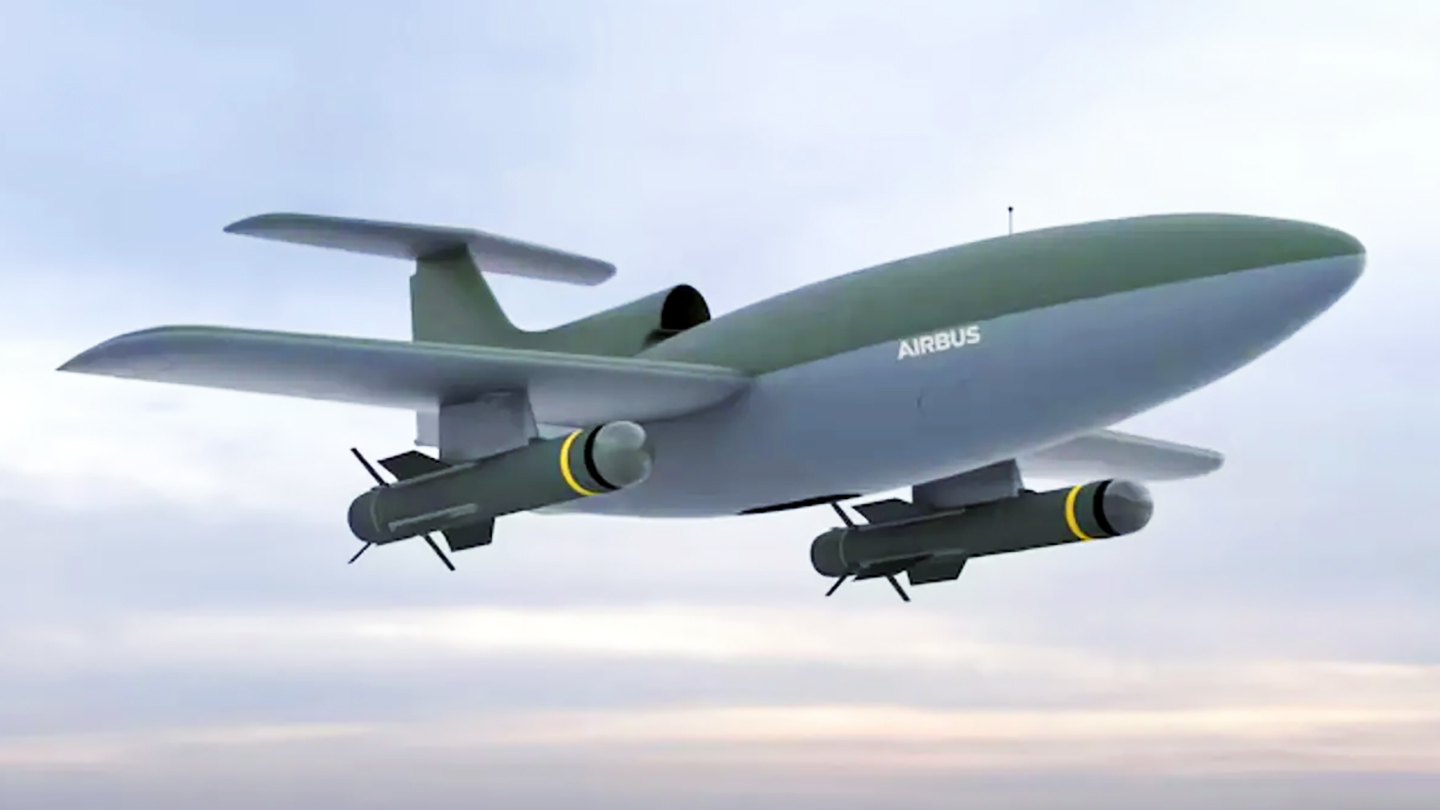Airbus has unveiled LOAD, a new anti-drone drone concept — an adapted target drone that will be armed with small air-to-air missiles, expressly designed to shoot down other uncrewed aerial vehicles. In recent years, we’ve seen a proliferation of single-use drones with explosive warheads that are designed to bring down other uncrewed aerial vehicles. However, a reusable anti-drone drone, armed with its own tiny missiles, appears to be something of a novelty.
Airbus revealed LOAD — which stands for Low-Cost Air Defense — at the DWT Unbemannte Systeme X uncrewed systems trade show in Bonn, Germany, today. The company says it wants to test fly an armed prototype by the end of the year, with a series-production ready by 2027.
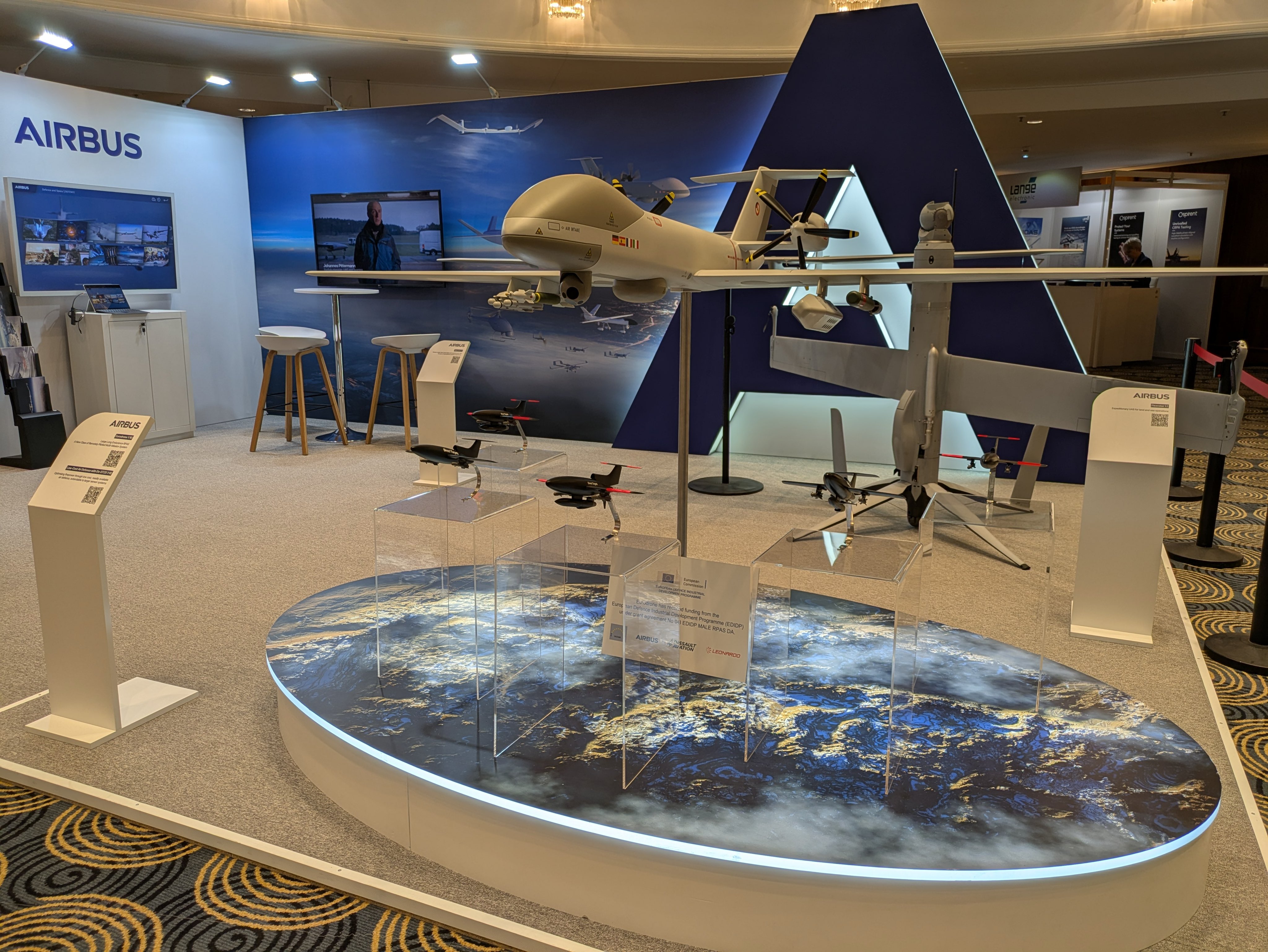

LOAD is intended to be cheap and rapid to produce. Its starting point is the Do-DT25, a target drone originally developed by EADS of Germany and now an Airbus product. The company describes it as a medium-speed target able to simulate attack aircraft for short-range infrared missile training. It would also be applicable for simulating cruise missiles.
Using a target drone as the basis for a drone with a combat mission and weapons of their own is not unheard of. Previous other examples include the Kratos Air Wolf, which is based on the MQM-178 Firejet airborne target, and the larger UTAP-22 from the same company, which is based on the BQM-167A Skeeter target drone. Much farther back, dating back to the Vietnam War, Firebees were used as relatively rudimentary drones with limited air-to-ground capabilities.
When adapted for LOAD, the drone is armed with miniature air-to-air missiles — two of these are shown under the wings in an Airbus concept artwork. Other reports state that it will carry three and, in the future, potentially more.
LOAD will be launched using a mobile pneumatic catapult — as used for the Do-DT25 — after which it will have an operational range of around 60 miles, providing a valuable increase in the reach of air defense networks. While the drone is intended to be cheap enough to be considered attritable, it will have the option of being recovered by parachute, after which it can be reused.

We don’t yet have specifications for LOAD, but the Do-DT25 is 3.1 meters (10 feet) long, has a 2.5-meter (8.2-foot) wingspan, a maximum speed of 300 knots, and can stay airborne for about an hour.
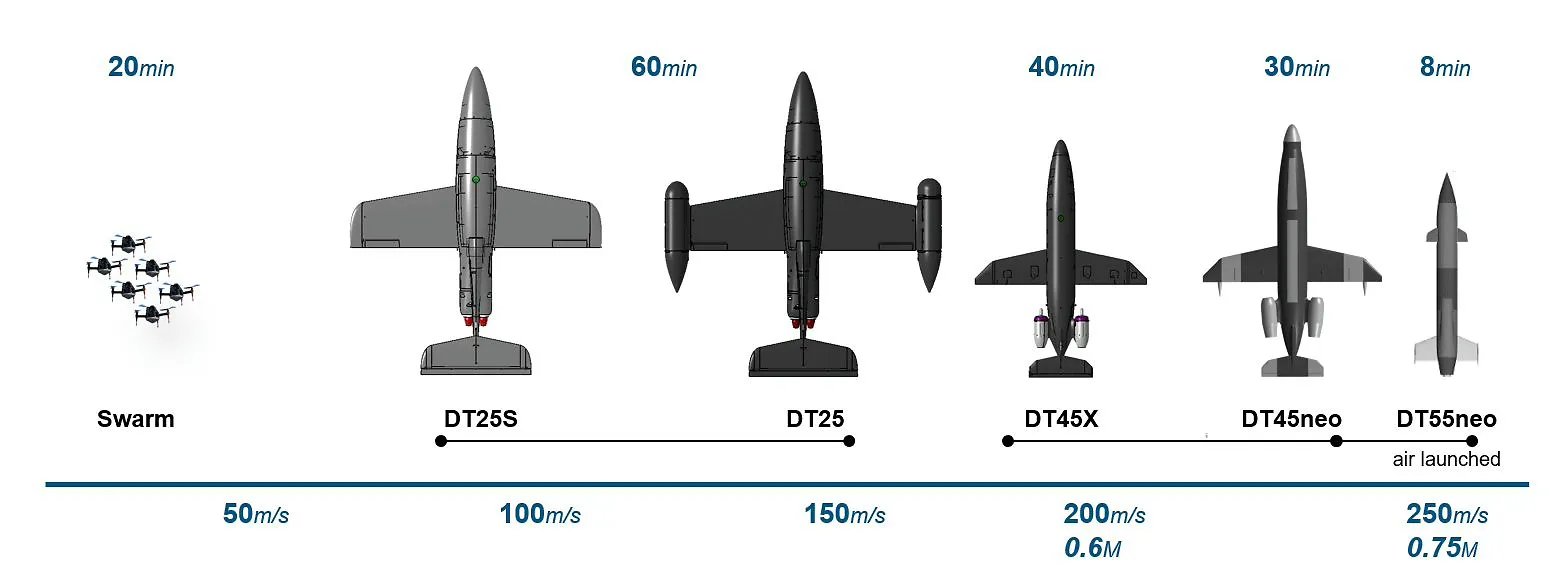
At this stage, it’s unclear exactly what kind of missiles will arm the drone, or what type of guidance they will use. The concept artwork at the top of this story shows two missiles, but they don’t seem to bear any exact resemblance to operational weapons, although they look loosely similar to Brimstone/Hellfire/JAGM missiles, but significantly smaller. On the other hand, there are European efforts underway to develop lower-cost anti-drone missiles that could arm LOAD. Perhaps the closest visual match is the MBDA Enforcer, a light portable anti-armor missile. Adapting anti-armor missiles like this for counter-drone applications is not unheard of and a counter-drone variant of the weapon called Small Anti-Drone Missile is already in the works. Other low-cost weapons that might be suitable for LOAD include the Martlet Lightweight Multirole Missile, or LMM. Thales has previously test-fired these missiles from a Schiebel Camcopter S-100 drone helicopter and a BAE Systems Fury uncrewed aircraft. Still, the weapons depicted may simply be intended as provisional representations.
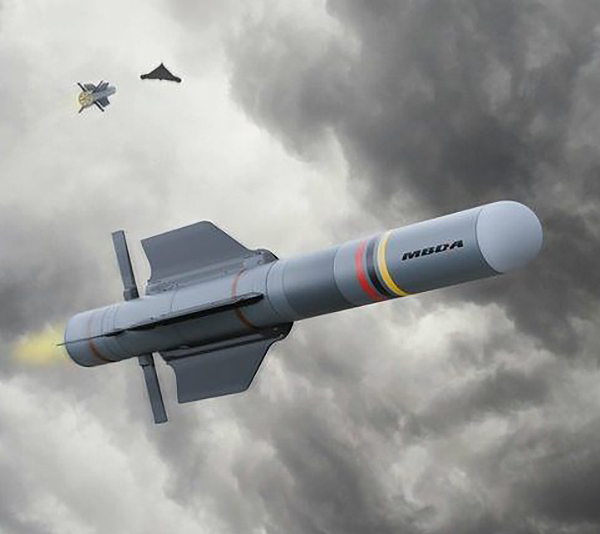
In terms of costs, without cheaper weapons optimized to engage lower-performing targets, the LOAD concept doesn’t make much sense. Air-to-air missiles currently in the inventory cost many hundreds of thousands of dollars or even millions each, making the reusability of the drone less of a feature than just sending it to destroy itself and its targeted drone. Additionally, this drone is too small to fly with even the lightest traditional air-to-air missile.
Airbus has said that LOAD will have some degree of autonomy when it comes to detecting and engaging targets, although a human will still be ‘in the loop’ for the actual missile launch.
An Airbus video shows the Do-DT25 drone being used as a surrogate for a Remote Carrier, launched from an A400M transport:

Airbus says that LOAD will be “supervised from a ground control station,” which “coordinates the drones on the basis of radar data or air situation images and can therefore autonomously search for, detect and — following the approval of their engagement — combat enemy kamikaze drones.”
The autonomy part of LOAD is interesting, to say the least, especially when it comes to concerns, especially in Europe, about drones having the capability to engage targets — potentially human ones — autonomously. Since LOAD is intended to destroy other aerial drones, this is not an immediate issue, but it’s notable that Airbus has insisted that a human will remain in the loop for the decision on when to fire a missile.
Also notable is the fact that Airbus has already used the Do-DT25 for experiments involving autonomous guidance and control, including for formation flying, which has particular applications for air-to-air refueling. At the same time, the kinds of technologies that have been used to test autonomous navigation, communication, and cooperative control could likely be leveraged for LOAD.
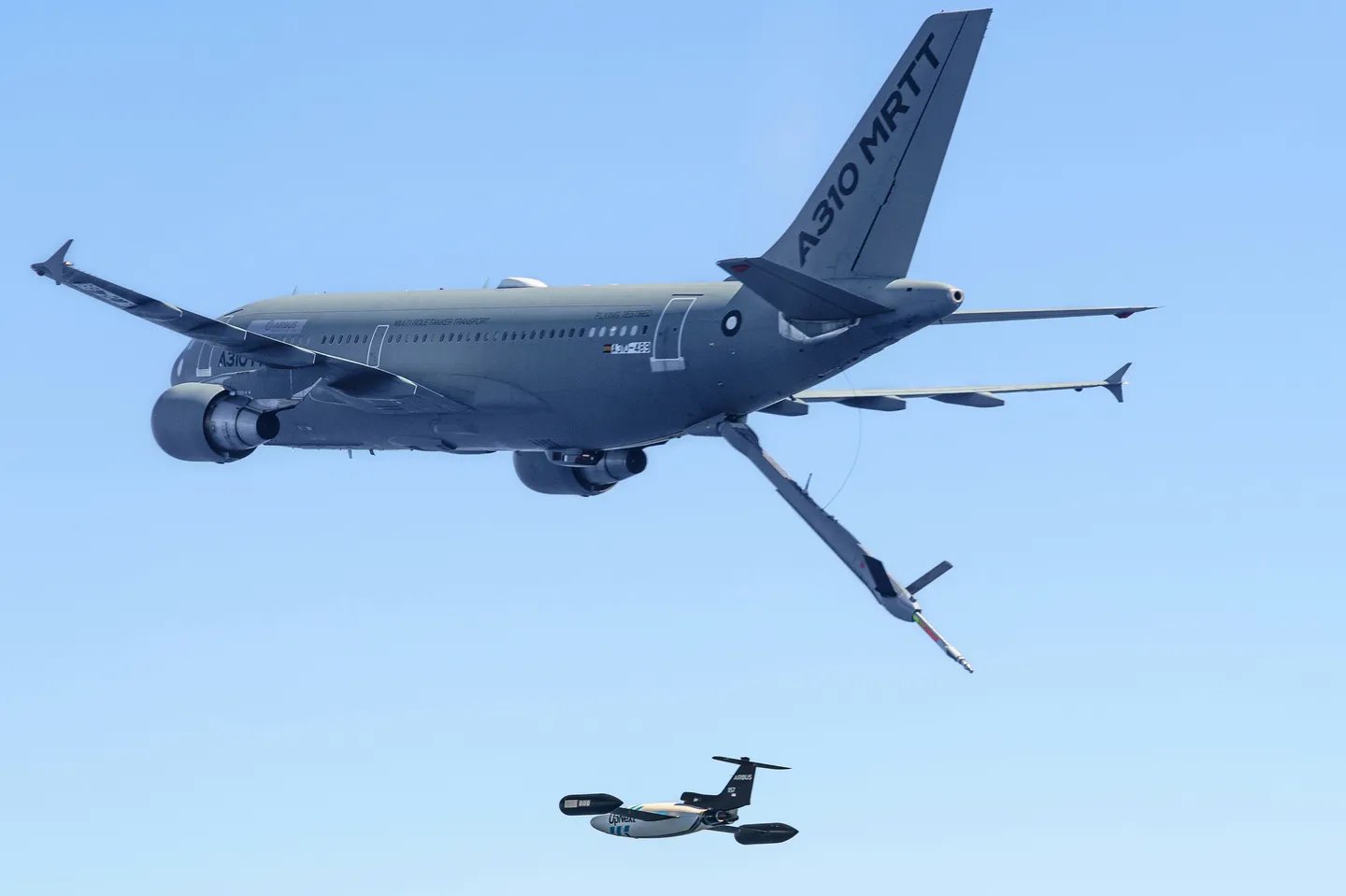
Airbus has said it also has plans to integrate LOAD architecture with other uncrewed aerial vehicles, including the company’s Eurodrone, a medium altitude long endurance platform that can remain in the air for 40 hours. According to the company, this would allow LOAD to operate in regions “not yet fully covered by ground-based air defense radars,” indicating that the radar and potentially other sensors on the Eurodrone would be used to acquire targets for LOAD.
The primary target set for LOAD comprises long-range one-way attack drones, a class of drone that includes the Iranian-designed Shahed and its Russian Geran spinoff, that have been used to enormous destructive effect in the war in Ukraine.
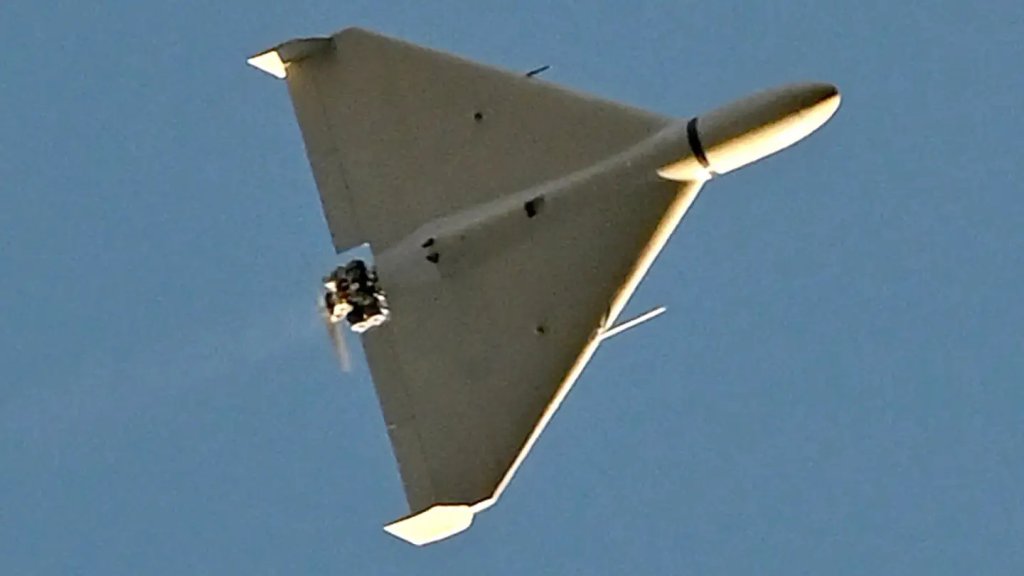
In particular, drones like these pose problems in terms of the sheer numbers that might need to be intercepted, especially as swarming capabilities continue to be developed. Since attack drones can be relatively cheap, the cost of shooting down large numbers of them can be hugely disproportional, at least using traditional air defense systems.
The potential of massed drone attacks to burn through precious stocks of air defense missiles is something that has concerned Ukrainian officials from early on in the conflict. Although these kinds of drone attacks are now being recognized more broadly as a growing threat, the limited ability of existing air defenses to deal with them is something that TWZ has highlighted for years.
Interestingly, Airbus is also promoting LOAD as a solution independent of U.S. export restrictions. Specifically, the drone will not be covered by the U.S. government’s International Traffic in Arms Regulations (ITAR). An ‘ITAR-free’ drone would be exportable to any country without any need for approval from the United States, which often creates additional hurdles for third-party countries. Of course, this is also relevant for customers in Europe who are now looking to reduce their dependency on arms and other critical military capabilities from the United States.
LOAD is by no means the first novel solution to the threat posed by one-way attack drones and similar uncrewed threats, but it’s certainly an interesting one and a further extension of the idea that, at least in some circumstances, a drone is increasingly viewed as the best defense against another drone.
Contact the author: thomas@thewarzone.com
